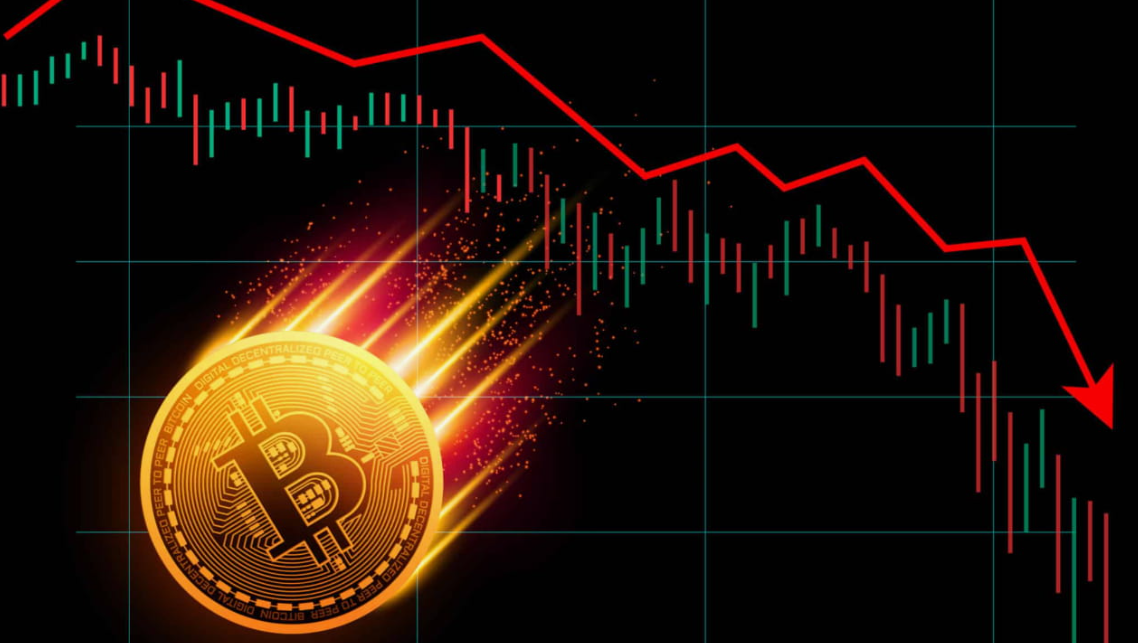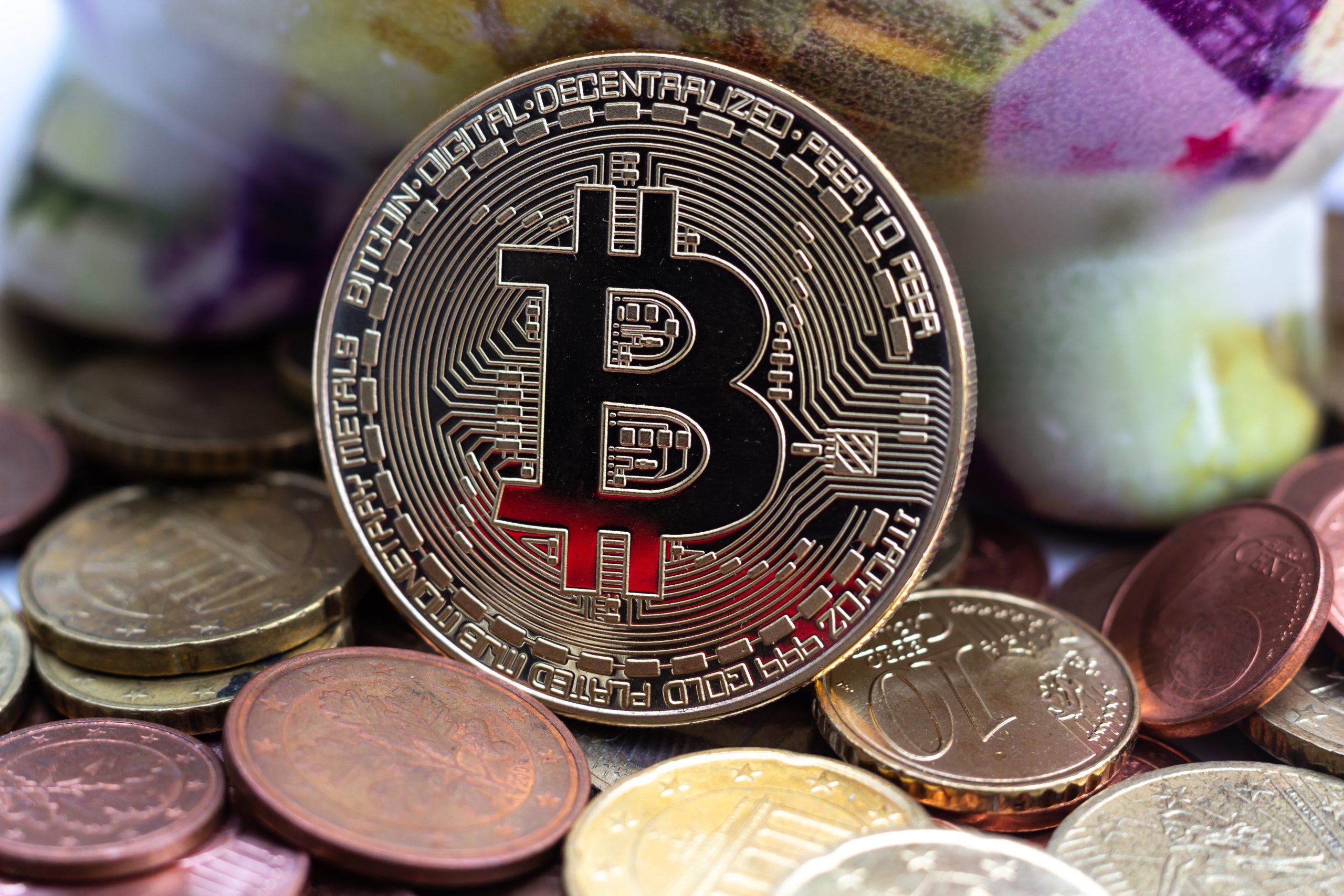When it comes to trading, it’s all about balancing risk and reward. It’s a tricky game, right? But that’s what makes it exciting. If you don’t manage your risk well, you could lose big. But if you don’t take any risks, you’ll miss out on opportunities. So, how do you find that balance? This guide will walk you through the key steps to help you navigate the markets like a pro, even if you’re just starting out.
Understanding Risk and Reward
What Is Risk in Trading?
Risk is basically how much you’re willing to lose on a trade. Every time you enter the market, there’s a chance the price will move against you. And trust me, that happens more often than we’d like to admit. The key is to be aware of the risks you’re taking. That’s where risk management comes in.
What Is Reward?
Reward is the potential profit you could make if the trade goes your way. It’s what motivates you to enter the market in the first place. But here’s the thing—chasing big rewards without considering the risk is a recipe for disaster.
Why Is Balancing Risk and Reward So Important?
If you focus too much on the reward without considering the risk, you’ll end up in trouble. On the flip side, if you’re too scared to take risks, you won’t make any money. It’s all about finding that sweet spot.
Balancing risk and reward ensures you don’t wipe out your account after one bad trade. Trust me, I’ve seen it happen to people who didn’t take risk management seriously. Don’t be that trader!
Key Strategies to Balance Risk and Reward
1. Use a Risk-to-Reward Ratio
The risk-to-reward ratio is a simple but powerful tool. It tells you how much profit you expect to make for every dollar you risk. For example, a 1:3 ratio means you’re willing to risk $1 to make $3. Most pros use a ratio of 1:2 or higher.
Here’s a quick tip: Don’t go for trades with low reward just because the risk is small. It’s better to take a calculated risk that offers a decent reward.
2. Set Stop-Loss Orders
One of the best ways to manage risk is by using a stop-loss order. A stop-loss automatically closes your trade if the price hits a certain level. It’s like an emergency exit. You don’t want to hang around in a losing trade, hoping it’ll turn around. That’s wishful thinking, not trading.
3. Position Sizing
The size of your trade should be based on how much risk you’re willing to take. This is called position sizing. If you’re not sure how much to risk, a good rule of thumb is to risk no more than 1-2% of your trading account on any single trade.
For example, if you have $10,000 in your account, you shouldn’t risk more than $100 to $200 on a trade.
4. Diversify Your Portfolio
Don’t put all your eggs in one basket. Diversification is key when it comes to balancing risk and reward. If you have all your money in one trade or one market, you’re exposed to a lot of risks. By spreading your trades across different assets like forex, stocks, and cryptocurrencies, you can reduce your overall risk.
5. Stay Informed
Knowledge is power, especially in trading. Stay updated with market news, trends, and data. FXpricing, for instance, offers real-time data, news, and market analysis that can help you make informed decisions. Don’t trade blindly—always know what’s happening in the markets.
6. Emotional Control
Trading can be emotional. When you’re in the heat of the moment, it’s easy to get greedy or panic when things go wrong. But emotional decisions are usually bad ones. Always stick to your trading plan and avoid making impulsive moves.
Common Mistakes Traders Make When Balancing Risk and Reward
1. Overleveraging
Leverage allows you to trade more than you have in your account. While it can amplify your profits, it can also magnify your losses. If you overleverage and the market moves against you, it can wipe out your account. Always use leverage wisely.
2. Not Having a Plan
Trading without a plan is like driving without a map—you’ll get lost. Always have a clear strategy before entering a trade. Know when you’ll enter, where you’ll set your stop-loss, and what your target profit is. This helps you stay disciplined and avoid emotional decisions.
3. Focusing Only on Profit
Sure, making money is the goal, but don’t let that blind you to the risks. Too many traders focus only on how much they can make and ignore how much they could lose. Remember, your first job as a trader is to protect your capital.
Tools to Help You Balance Risk and Reward
1. Trading Platforms with Risk Management Features
Many trading platforms offer built-in tools to help manage risk. For example, some platforms let you set take-profit orders, which automatically close your trade when it reaches a certain level of profit. It’s like a stop-loss but for profits.
2. Economic Calendars
Keeping track of major economic events is crucial for traders. FXpricing’s economic calendar helps you stay ahead of market-moving events like interest rate decisions, employment reports, and GDP releases.
3. Market Data Providers
Access to accurate and timely data is essential for balancing risk and reward. FXpricing provides real-time data for forex, stocks, cryptocurrencies, and commodities. Having this data at your fingertips allows you to make informed decisions.
How FXpricing Can Help You as a Trader
As a trader, you need the right tools to succeed. FXpricing offers a range of services that can help you navigate the markets more effectively. From real-time data to customizable dashboards, FXpricing provides everything you need to stay informed and make better trading decisions.
Whether you’re tracking live forex rates, analyzing historical data, or keeping an eye on the latest market news, FXpricing’s comprehensive tools can give you an edge in balancing risk and reward.
FAQs
1. What is a risk-to-reward ratio?
A risk-to-reward ratio is a measure of how much risk you’re willing to take compared to the potential reward. It helps you decide whether a trade is worth taking.
2. How do I set a stop-loss?
Most trading platforms have a feature that allows you to set a stop-loss order. This will automatically close your trade when the price reaches a certain level, helping you limit losses.
3. What is position sizing?
Position sizing refers to deciding how much of your capital to risk on a trade. A common rule is to risk no more than 1-2% of your account on a single trade.
4. How can I stay informed about market events?
You can use tools like FXpricing’s economic calendar and real-time data services to stay updated on important market events and trends.
5. Why is emotional control important in trading?
Emotions like fear and greed can lead to poor trading decisions. By staying disciplined and sticking to your plan, you can avoid impulsive actions that could hurt your trading performance.





